NOAA’s tech partnerships are working to solve big problems
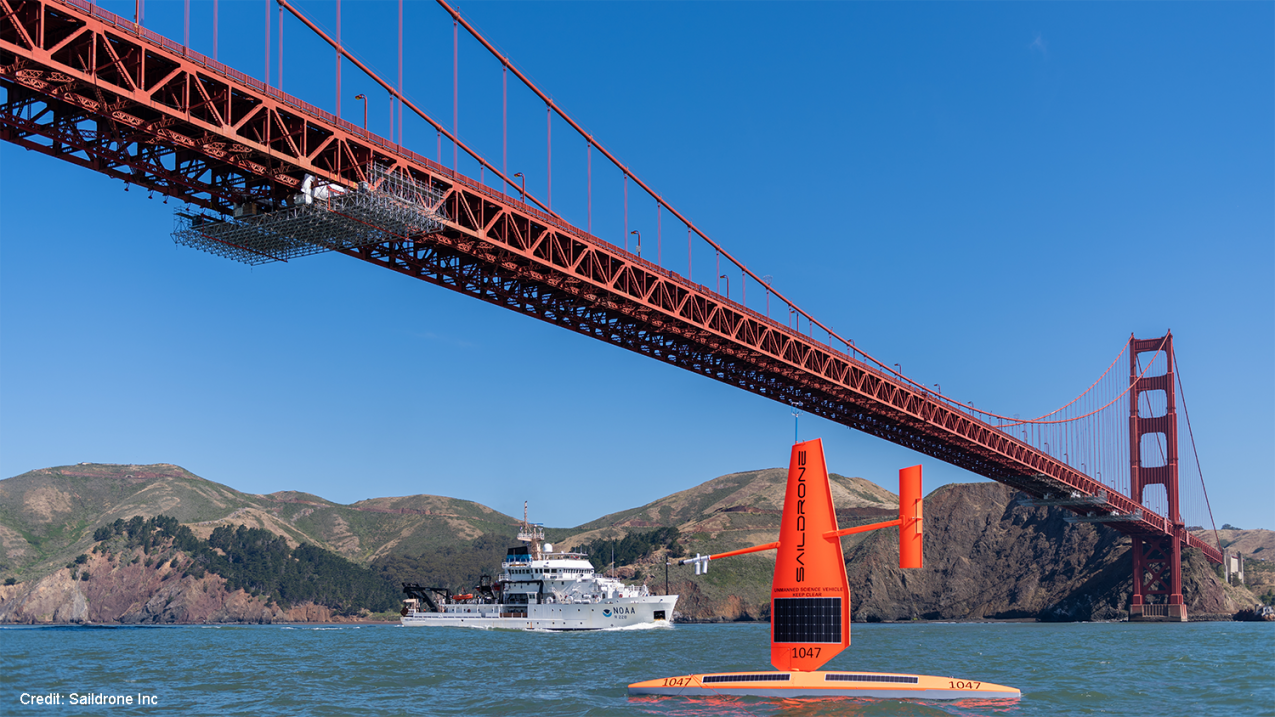
A Saildrone collects data beneath the Golden Gate Bridge alongside a NOAA research vessel. (Image credit: Courtesy of Saildrone Inc.)
Protecting and exploring our global ocean is a huge job: It covers more than 70 percent of Earth’s surface. Cutting-edge technologies help us dive deeper, gather more ocean data and solve some of its biggest challenges.
Here are 5 innovative high-tech tools borne from NOAA’s partnerships with the fishing industry and technology companies large and small:
1. Trap to control invasive fish
Lionfish may look beautiful, but rapidly increasing populations of this invasive, venomous predator in the western Atlantic Ocean, Gulf of Mexico, and Caribbean Sea are threatening native species. NOAA’s recently patented lionfish trap could control populations offsite link and satisfy a demand for a new, delicious seafood option. Recreational and commercial fishers are currently helping to test and improve the traps.
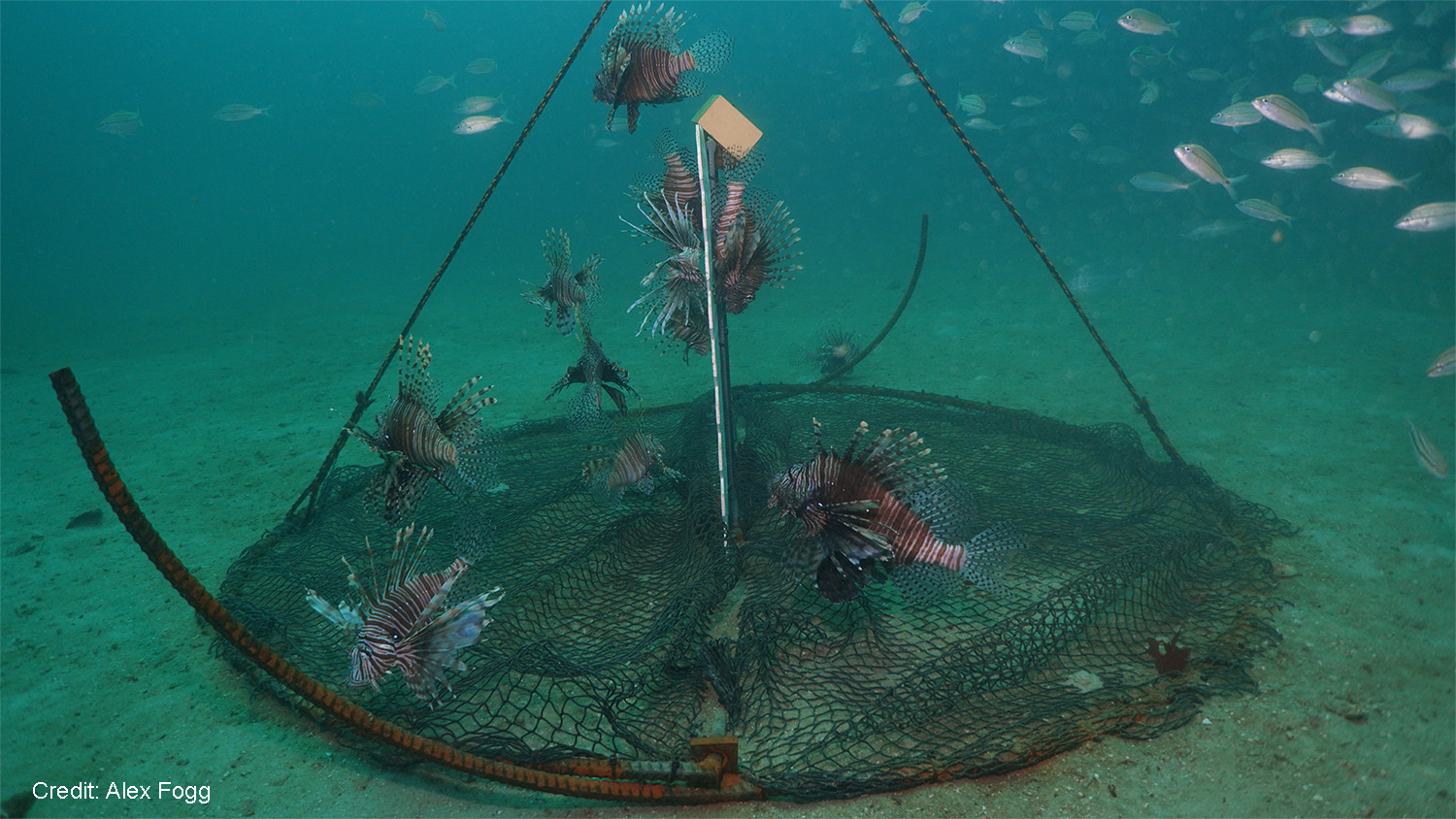
2. Camera to monitor whale migration
Understanding whale behavior and migration patterns helps us protect them, but collecting this data is costly, time-consuming and limited to daytime hours. Toyon Research Corporation developed a way to track whale blows night and day using infrared cameras mounted on ships or on shore. NOAA uses the data to estimate whale population sizes based on the number, location and timing of blows.
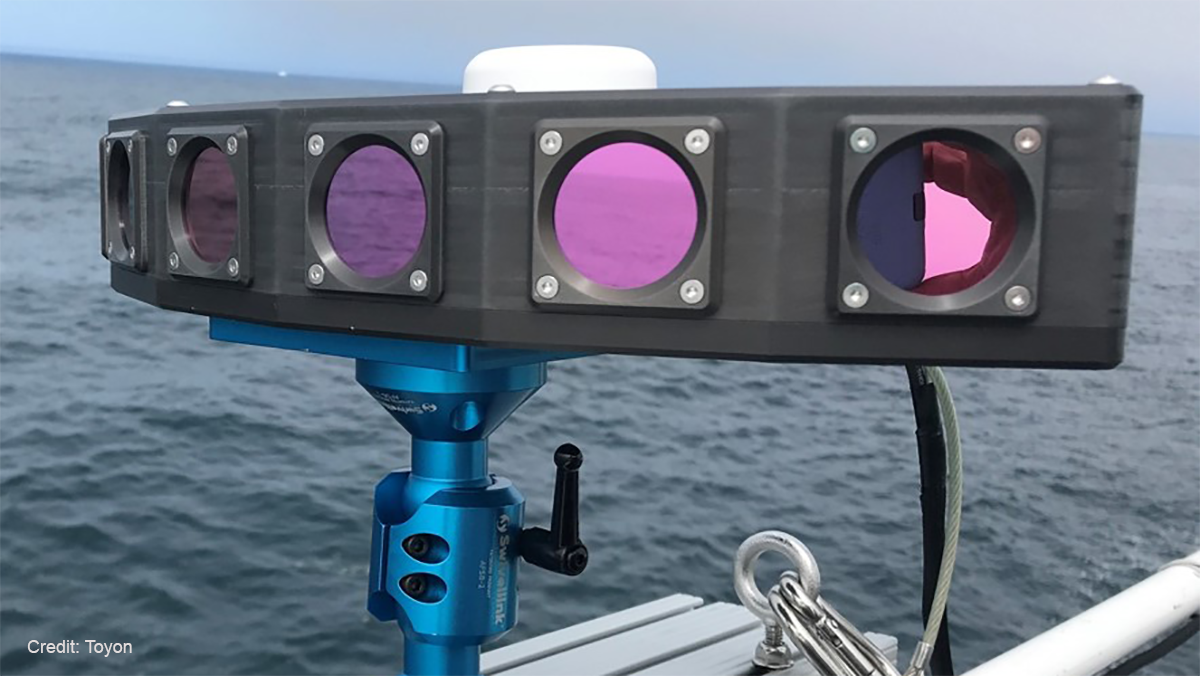
3. Probiotic for healthy oysters
Oyster farming boosts our seafood supply and helps restore wild oyster reefs, but some oysters grown in commercial aquaculture facilities are prone to fatal disease. NOAA scientists recently discovered a “good” bacteria, or probiotic, that helps keep the oysters healthy. NOAA has partnered with a biotechnology company, Prospective Research, Inc., and three oyster hatcheries to develop and test the probiotic for widespread, commercial use.

4. Drone that sails — and surfs! — in pursuit of ocean data
NOAA and Saildrone joined forces to create a fleet of uncrewed solar-powered vessels that collect real-time, high-quality data throughout the ocean. These shiny, orange drones are improving NOAA’s access to data that can help forecast hurricane intensity offsite link, informing sustainable fisheries management, detecting oil spills, conserve threatened species, mapping the seafloor and helping scientists more deeply understand how the climate is changing ocean ecosystems like coral reefs.
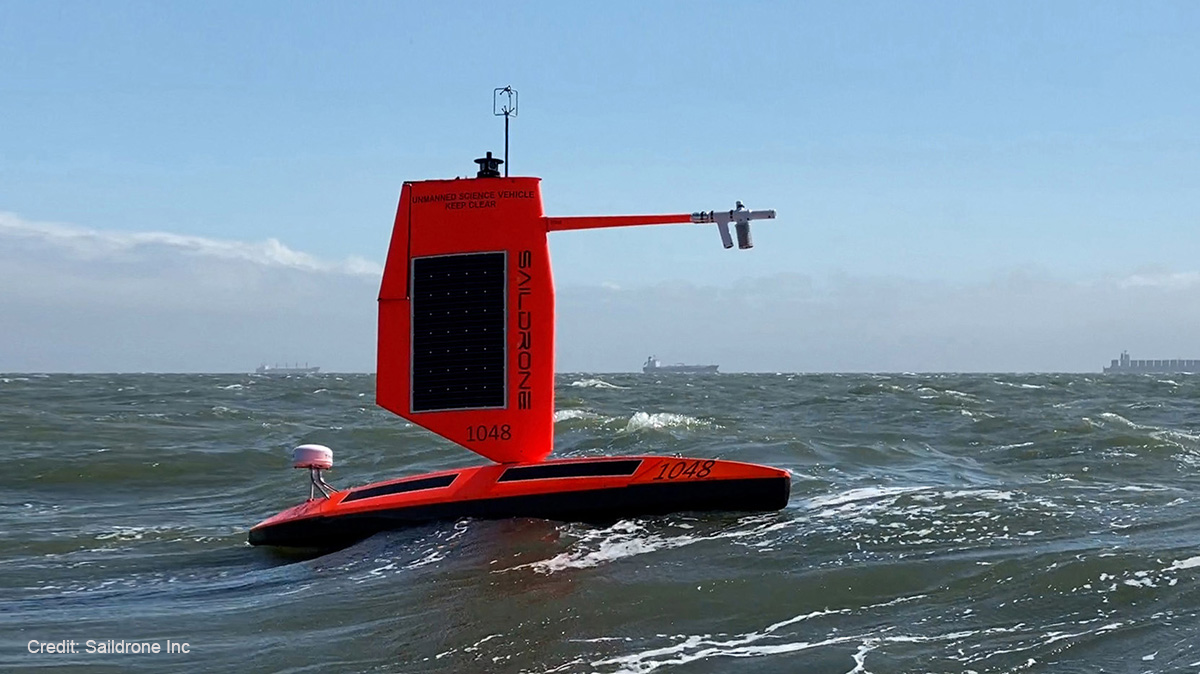
5. Fluorescent flashlights to study coral
Juvenile corals are really small — so tiny that scientists wanting to study them sometimes can’t see them on reefs. Understanding how they develop is important for protecting precious coral reef ecosystems that more than half a billion people depend on worldwide. NIGHTSEA created underwater flashlights and microscope attachments that use fluorescent light to help researchers detect and study tiny baby corals. This technology proved so useful, researchers are also using it to view microscopic communities, study microplastics and explore the seafloor.
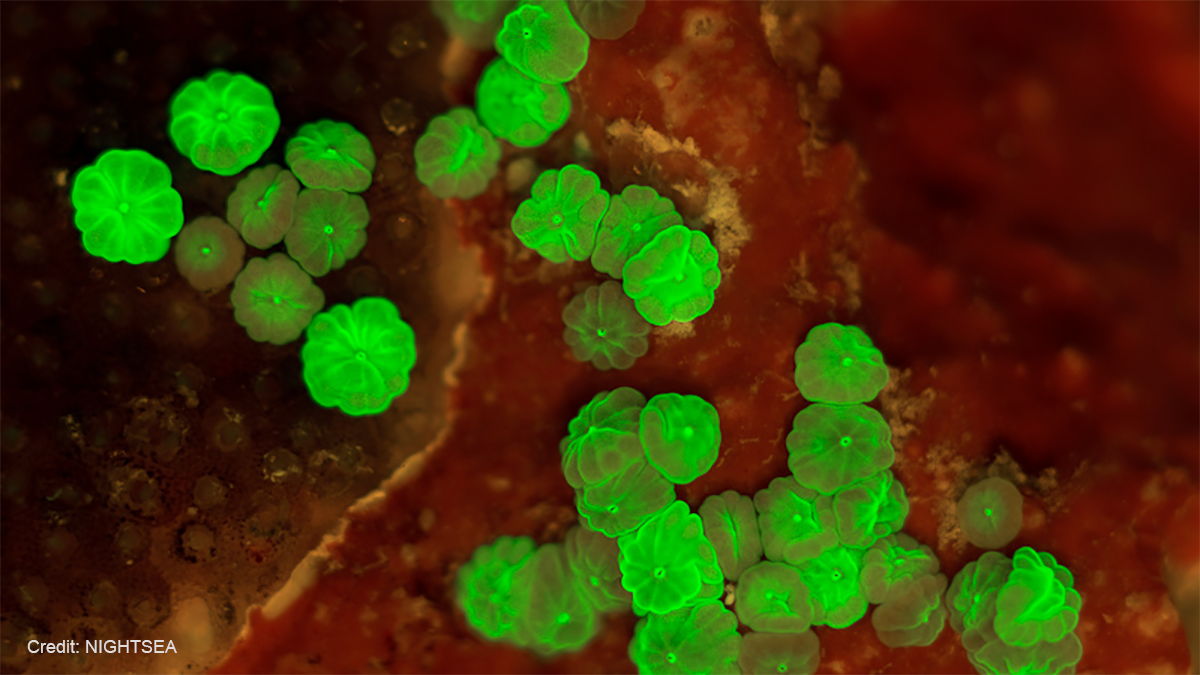
For the latest technology news, glide over to the NOAA Technology Partnerships Office. You can also follow them on Twitter @NOAAinnovate.




